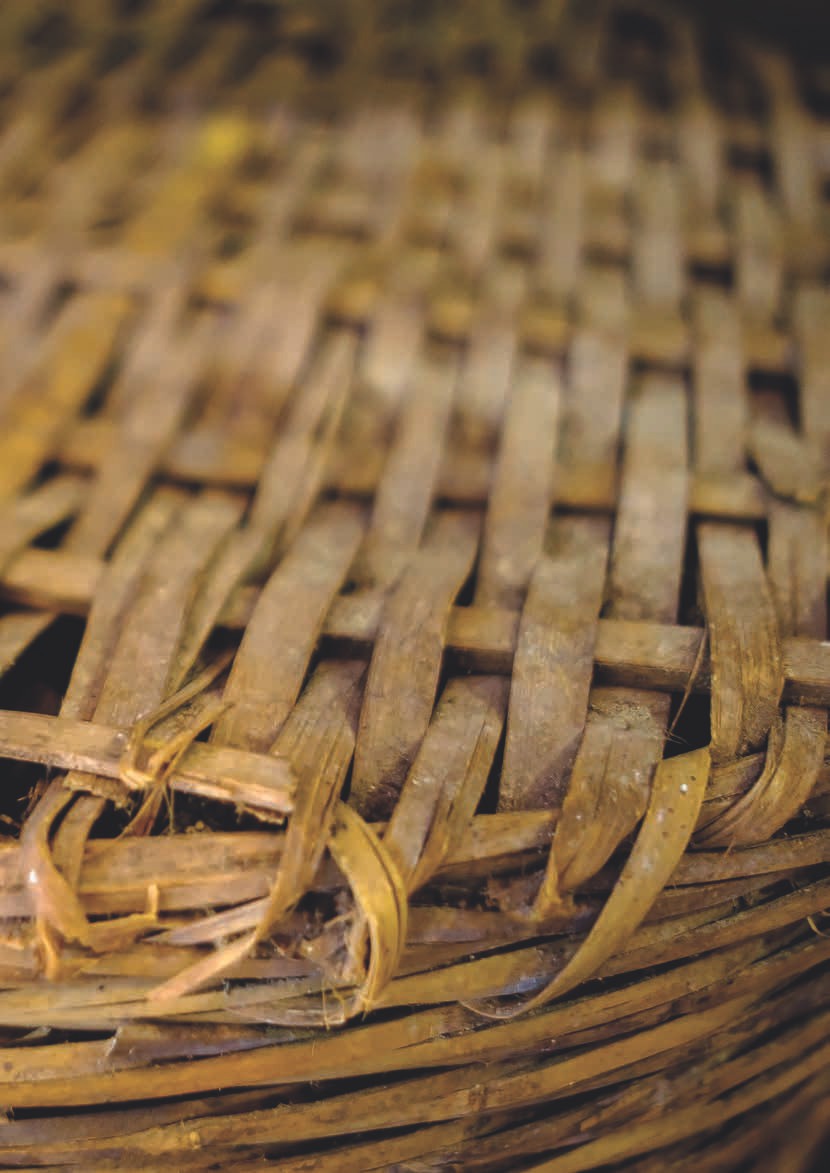
 |
|
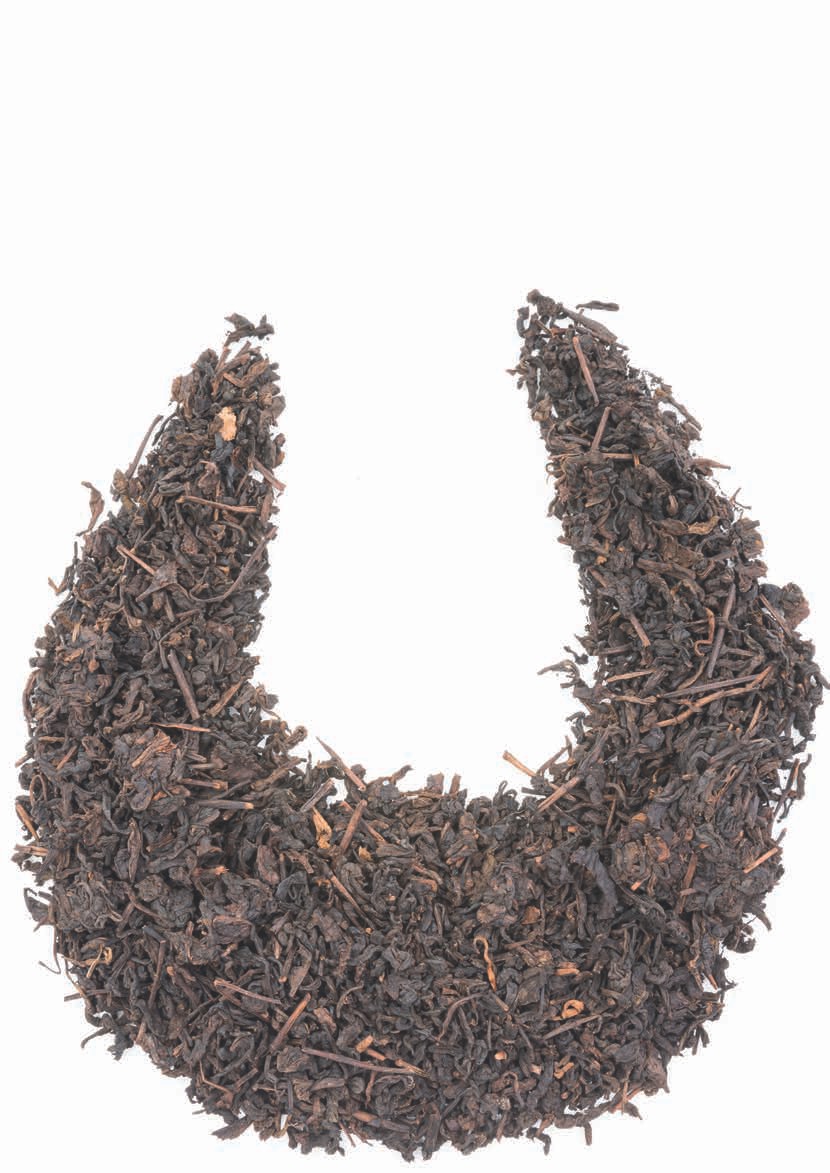
Over the course of this month, we will once again man the turrets, hoist the sable flags and return to the "Six Castles." Liu Bao tea is one of our favorite teas, and always has been. In this issue, we plan to review the processing history of this amazing black tea, and discuss the history and geography of Liu Bao in Guangxi, China. Since we mostly drink aged Liu Bao, it's important to understand the history of the place and the various processing methods used over time so we understand the Liu Bao teas we enjoy. This is especially true since the differences in processing were relatively extreme (but all within black tea processing) and create very different flavors depending on the vintage of Liu Bao you have. And we have one of the most stunning teas to enjoy as we explore Liu Bao this month, courtesy of our new tradition of using the gift budget to get a better tea in December, which was so generously matched by our dear friend Henry Yiow (邱順昌).
Since this is the third year in a row where Henry has donated tea to this community, we thought we would share his story with you, and then sit down and discuss some of the changes in Liu Bao tea drinking in Malaysia, offering the perspective of twenty-five years of experience. Henry was born in Guantan in the Year of the Rooster, 1969 (this is his year). He has been a lifelong and very devout Buddhist, as were his parents. He is one of the best vegetarian chefs on the planet, and makes the best curry we have ever tried. It should come as no surprise then that he was once a vegetarian chef, worked at a wholesale factory for vegetarian products and even made soy milk at some point. Henry had a lifelong love of bonsai trees, and though the hobby has been overshadowed by tea, he still loves them today. At a Chinese cultural expo in Guantan, which had sections for bonsai, geomancy and even tea, he met a mutual friend, Camellia, who eventually introduced him to his tea teacher. He was in love right from the start and dreamed of the day he could start a tea shop.
Very soon, Henry devoted part of his shop to tea, which slowly took over and became his livelihood. You can still see Henry's love of Nature, Buddhism, cooking and fine tea in his tea shops today, even though they have developed a lot over the decades he has been sharing tea. People gather at Henry's shop to drink fine tea, eat some nice food and share in community together. He is one of the kindest and most generous Chajin we have ever met, running an old-school tea shop where you can always have a cup and a nice meal. He is a dear brother, and is aligned with so much of the values we promote in this Global Tea Hut: healthy diet, clean and chemical-free tea, generosity and a love for kindness shared through tea. Henry isn't just behind some of the best teas we've shared in Global Tea Hut, he is also an important teacher to us. He has taught us much of what we know about tea, tea history, brewing and appreciation. Much of what we have shared with you over the past years is wisdom we learned from Henry Yiow. And since Malaysia is the capital of Liu Bao, and he has decades of experience appreciating, aging and learning about Liu Bao tea, we sat Henry down for a discussion about the changes in Liu Bao tea over the years - both in the tea itself and in the way it has been appreciated.
We started our talk with the history of Liu Bao in Malaysia. When the British controlled Malaysia, they developed the peninsula with plantations and tin mines. The tin mines were amongst the richest ever found on earth. They brought workers from their other territories to work here: mostly Indians to work the plantations and Chinese to work the mines. The Chinese, including Henry's ancestors, came mostly from Guangdong and other southern provinces. Malaysia is hot and humid, even more so than their home in southern China. And the deep tin mines are even hotter and damper! The extreme weather and dangers of mining claimed many lives. They mined the tin with little to no machinery in the beginning. The Chinese in Guangdong already had a tradition of drinking Liu Bao tea to expel heat and dampness from the body, so the workers turned to this medicine to prevent illness. There are even reports of miners who would refuse to work for a mining company that did not provide Liu Bao tea to its workers.
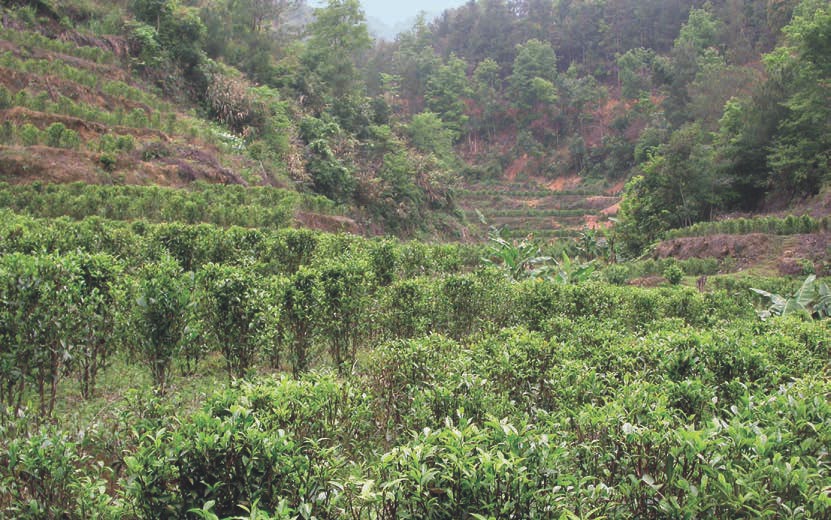
As we will discuss later, the processing of Liu Bao changed in the 1980s - influenced by the burgeoning production of shou puerh, which was ironically developed based on Liu Bao processing methods - which also changed its nature in Traditional Chinese Medicine. Most post-1980s Liu Bao is warming, and therefore nice to drink in the winter, due to deeper, wetter piling in the artificial fermentation. This tea can be nice in the summer, and offers a slight cooling effect, but it is much less pronounced than traditionally processed Liu Bao, which is quite cooling, bringing a rising breeze that sweeps up the body, and famously from Lu Tong's "under the arms."
Eventually, the mining companies realized that since Liu Bao tea was aged, and the older the better, without any expiration date, buying in bulk would save the company large amounts of money over time. It would be like a large office in which the management was obligated to provide coffee to every one of its employees every day. Eventually, the management would realize that a storeroom full of coffee and coffee supplies purchased in bulk would save the company thousands of dollars over the course of a year. The mining companies came to the same conclusion and built large warehouses to store what would eventually become literal tons of Liu Bao tea. As a result, a tremendous amount of Liu Bao started to make its way to Malaysia, and companies were formed to facilitate the exportation of Liu Bao from China to Hong Kong, and then on to Malaysia, with branches in Hong Kong, Penang and Ipoh.
After the Cultural Revolution in the '60s and '70s, the already undervalued tea dropped again in price. The reason that Liu Bao was packaged in fifty-kilogram baskets to begin with was that the price was so low that such quantities were needed for it to be marketable! As some of you who have visited the Center or attended our annual trips know, tea is a very labor-intensive agricultural product. Usually, after much hard work, the dried leaf weighs onefourth or -fifth of when it was picked, so it would take around 200 kilograms of harvested leaves to make a basket of Liu Bao! In the 1970s and 1980s, the price of tin fell and the mines in Malaysia started to close up, which, of course, had a powerful influence on the Liu Bao industry as well. Eventually, the import/export companies were forced to close, and the drying of the market eventually hit Guangxi as well. Farmers could expect far more money for a kilogram of vegetables than Liu Bao tea (and for less work). Liu Bao tea production essentially stopped in the 1980s, with only a few producers left. Sadly, many of the old-growth trees were even torn up to be replaced by vegetable and rice farms.
Back in Malaysia, the mines were closing and the tons of Liu Bao were left aging - sold off to the highest bidder or kept by the owners of the mines. By that time, Liu Bao had made its way into the heart of Chinese culture in Malaysia. Henry told me that back in the day, Liu Bao tea was everywhere: in restaurants, shops and the homes of all Malaysian Chinese who had realized that Liu Bao wasn't just medicinal for miners working deep underground, but was also pleasant to drink in the humid heat of Malaysia, especially before air-conditioning. In those days, Henry told me, communities were much stronger than today. "You didn't just pay money at the grocers - you had a family tab. And every time you went to get some groceries, you would share a few cups of tea with the owner, who you knew as a friend. His children played with yours and called him 'uncle,' after all... everything was like that back then. You drank tea with everyone, from the shop where you bought prayer supplies, like incense and ghost money, to the Chinese doctor - at the temple and in the parks, in a dim sum restaurant... Everywhere, Chinese people drank tea together, and it was most often Liu Bao tea, which suits the climate and is therefore our favorite tea, even nowadays..." Since aged Liu Bao was very abundant and cheap, there was plenty of great tea to go around and share - much more tea than could be drunk at the time. But that changed in the late 1990s.
With the puerh boom, the prices of aged Liu Bao began to rise and tea lovers throughout Malaysia slowly began to realize they were sitting on a gold mine, which could be sold to Mainland Chinese. Following the market, more and more Liu Bao started to make its way back where it came from - a trend which continues even now. Henry told me that tea merchants like him must sell some tea to China. "As prices have risen, Malaysian Chinese who got used to drinking Liu Bao for cheap every day are not willing to pay the market value for such tea. But the Mainland Chinese are very enthusiastic about vintage tea like this, offering much more... Still, we make an effort to preserve as much Liu Bao in Malaysia as we can." We told Henry that when we started drinking aged teas in the '90s and early 2000s, we often facetiously referred to Liu Bao as "poor man's puerh," since it was a very cheap alternative to aged puerh. Henry said that even though Liu Bao is much more expensive than it used to be, when you could get a fifty-kilogram basket for just hundreds of dollars, it is still relatively cheap, since a kilogram of 1950s Liu Bao costs a fraction of what a similarly aged puerh cake would cost, and the puerh is only 300 grams! "Also," he exclaimed with a smile, "you can look at it from another perspective, which is that Liu Bao tea was grossly undervalued back in the day, so much so that the farmers had to quit producing it. As a tea lover who loves Liu Bao tea above all other teas, I think the value of the tea is closer to what it is actually worth these days, though I do miss the days when well-aged Liu Bao was abundant everywhere." To some extent, Henry keeps those traditions alive, serving plenty of aged Liu Bao to his guests with the same kind smile that shines with a heart raised in those tight-knit communities where everyone knew everyone, and tea was the social lubricant that brought people together, shared freely and purely from the heart. No matter the cost of the tea, we should all strive to share it in this way. After all, even the best teas on our shelves are for sharing eventually.
Liu Bao's history as medicine and then hospitality in the Malaysian Chinese community makes it a paragon of the history of all tea: used to facilitate well-being and to bring people together in friendship and kindness. Henry embodies these virtues and teaches them with his way of living, which is the best kind of lesson there is. And this month, all of us can bask in that generosity, as he matched Global Tea Hut dollar for dollar, which has afforded us the opportunity to share a very special Malaysian-stored Liu Bao from the 1990s. It is one of our favorite teas, and we are so happy we will all be drinking it around the world over the course of the holidays!
Wherever you are in the world, please raise a cup to our brother Henry Yiow. May he be abundant, happy and healthy. We have deep and heartfelt gratitude for all he has taught us over the years, not to mention the extreme generosity that has allowed us to share so many teas with you!
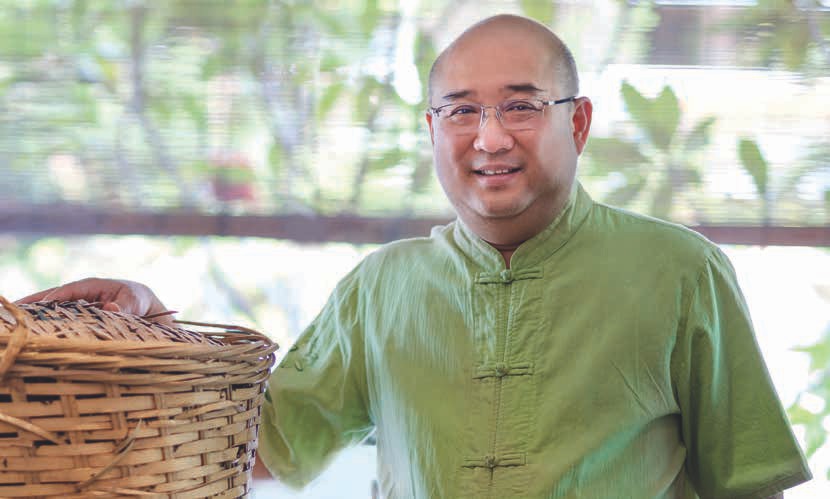

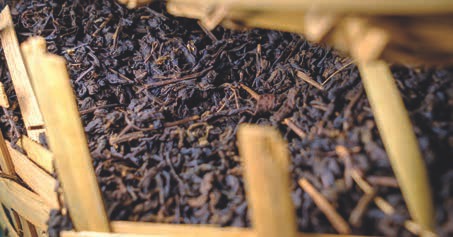

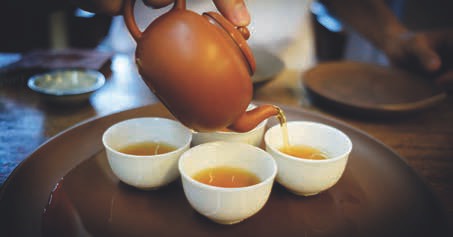
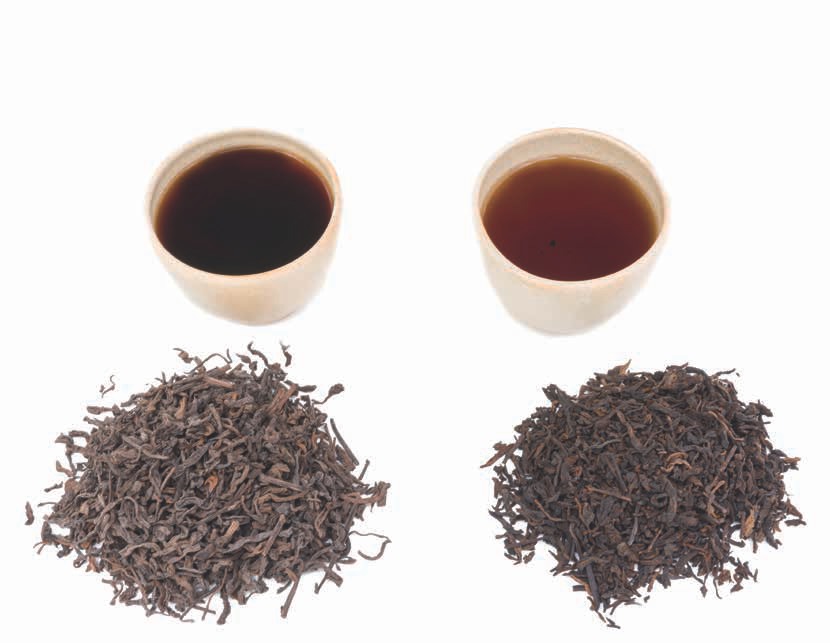
Puerh and Liu Bao can seem very similar, especially shou and Liu Bao. The differences are many, though. First, shou liquor is usually darker and much thicker than Liu Bao, which is more maroon in color and much more watery. Shou is thick and dark brown. Liu Bao tastes famously of betel nut flowers, is smoother and often tastes like pine smoke (from the processing). Aged sheng puerh tastes often of Chinese herbs, ginseng, camphor and orchids, while shou tastes of leather, mushrooms and an autumn forest. Liu Bao and other black teas often have a slightly metallic aftertaste due to the fact that they use a lot of larger leaves (huang pian, 黃片). However, shou or aged sheng with lots of larger leaves (that were on the tree longer) may share this flavor. In flavor, aroma and energy, Liu Bao is much more even and smooth and puerh is a lot more vibrant and full. Liu Bao has soft and steady energy, whereas puerh is pulsing with life, as it comes from such environs.
When you are drinking both side by side, you can pay attention to how thick the liquor is, moving it around in your mouth to feel the viscosity. Smell the dry leaves and the empty cup after drinking and see if there is a pinewood aroma or a metallic aftertaste, both of which will let you know that you have a Liu Bao instead of a puerh. If the tea is cooling or with a smoother, softer energy, then that is another sign you are drinking a Liu Bao. Puerh should be bold in flavor and energy.
The best Liu Bao teas of all time, according to Henry and Master Lin, who have more experience than anyone we know, are 1950s "Joy to the World," Pu Tian Gong Qing (普天共庆), which was a higher grade of Liu Bao reserved for the managers and owners of the mines; 1970s Shuang Xing Hao Yin (双星号印 / SSHC Penang); and Liu Bao in gunnies, like N152, LLLL367, NL229, etc. Some of the best/most famous vintages of Liu Bao teas are those produced by the Guangxi Wuzhou Tea Factory (广西梧州茶厂). They produced the famous "VIVE" in the 1980s (with two grades) and a famous 1990s Liu Bao as well. Master Lin ranks the five best Liu Bao teas in this order: 1930s Pu Tian Gong Qing, 1950s Zhong Cha, 1960s LLLL367 (which came from Hong Kong and has four "L's" as grades from one to four. The "L" represents "orchid" - "lan" in Chinese - because this tea is an Orchid brand, and "four orchids" was their highest grade), 1950s Da Xing Hang and finally 1950s Fu Hua.

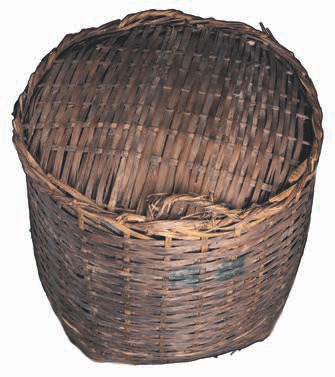

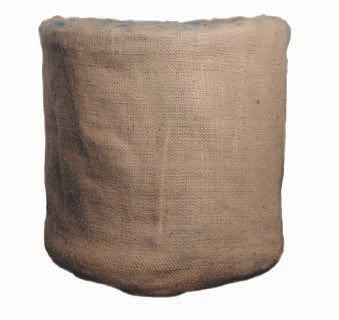


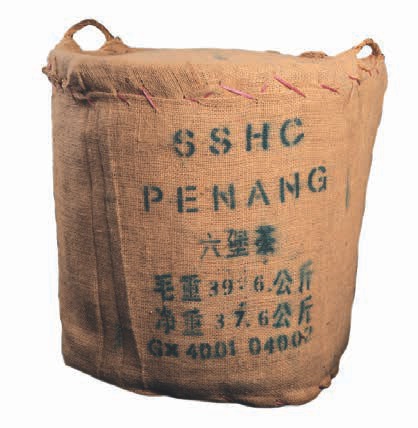
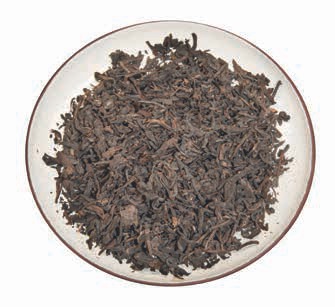
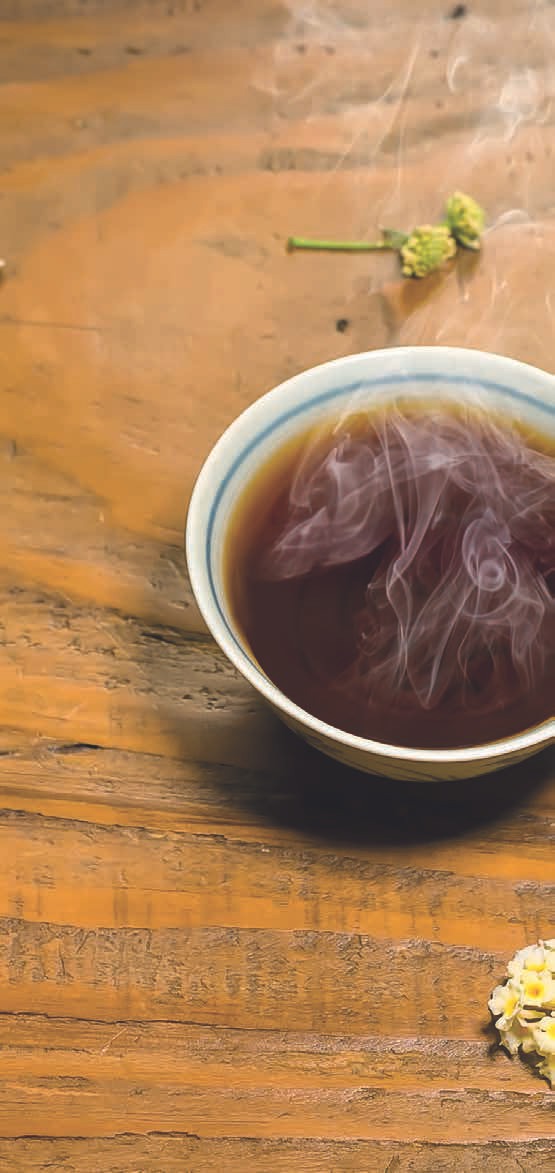
Ma Bao (馬堡)
Ma Bao is one of our all-time favorite Liu Bao teas, and we are super excited to share it with you this month. In general, our favorite teas aren't the rarest ones you only enjoy annually, but the solid, high-quality teas that you can enjoy whenever you want and feel comfortable sharing with others! Tea joy is really in the sharing, and a tea like this suggests the times of abundance that Henry spoke of.
Liu Bao tea and Malaysia share a destiny, though distant in space and time. Like much of us, raised far from the home of Tea, Malaysia and Liu Bao were fated to be in love. As we spoke about, Liu Bao tea is very suitable for drinking in the Malaysian climate, which is warm and humid. It is smooth, cooling and comfortable to drink in the weather there. What is also interesting, though, is that Liu Bao tea ages much better in Malaysia than in southern China or Hong Kong. Of course, Malaysians all think that tea ages better there as well, but standing back, one can appreciate the differences between the traditional puerh storage areas of Guangzhou, Hong Kong, Malaysia and Taiwan as just different, and each with its own positive and negative characteristics. Malaysian-stored tea is much more even-keeled, smooth and steady, which really reflects the climate there. Malaysia is also very steady, and besides a short rainy season (usually in December), doesn't see much fluctuation in temperature and humidity over long periods.
The main difference between puerh and Liu Bao tea is in the liveliness of puerh tea, especially energetically, as puerh comes from large-leaf trees, from much more biodiverse forests and has a much richer microbial ecology, resulting in very different fermentation, artificially or naturally over time. One could argue that the humidity and temperature fluctuations of Taiwan, for example, suit this kind of tea; or that the high humidity and constant fermentation of Hong Kong makes for a richer aged puerh. Actually, we love puerh stored in each place for different reasons, and tasting puerh stored in various locations for equal amounts of time (so long as the storage is clean) really just creates different teas, as opposed to better or worse teas. However, with Liu Bao, the smooth and gentle flavors, aromas and energy are indeed much benefited by storage in Malaysia. As with all things Liu Bao, the climate of Malaysia harmonizes perfectly with Liu Bao.
And that is the main reason that Ma Bao is so special: It was stored in Malaysia from its creation to present. Many Liu Bao teas were kept for some time in Guangxi, and then often in Hong Kong as well, before making their way to Malaysia. But this unique tea was purchased brand new and stored in Malaysia ever since. This lends it a unique flavor unlike other Liu Bao teas of a similar age - it is smoother, brighter and also longer lasting.
Ma Bao is a beautiful tea with all the characteristic flavors of Liu Bao teas. It is deep, dark and rich, and if you have experience drinking various aged Liu Bao teas, you will indeed notice the smooth and consistent Malaysian storage, which highlights the tea's steady pulse. We find this tea very moving, and especially enjoy it in the early evening, when you have lots of time to relax and share some space with friends - a space we are so honored to share with you all now.
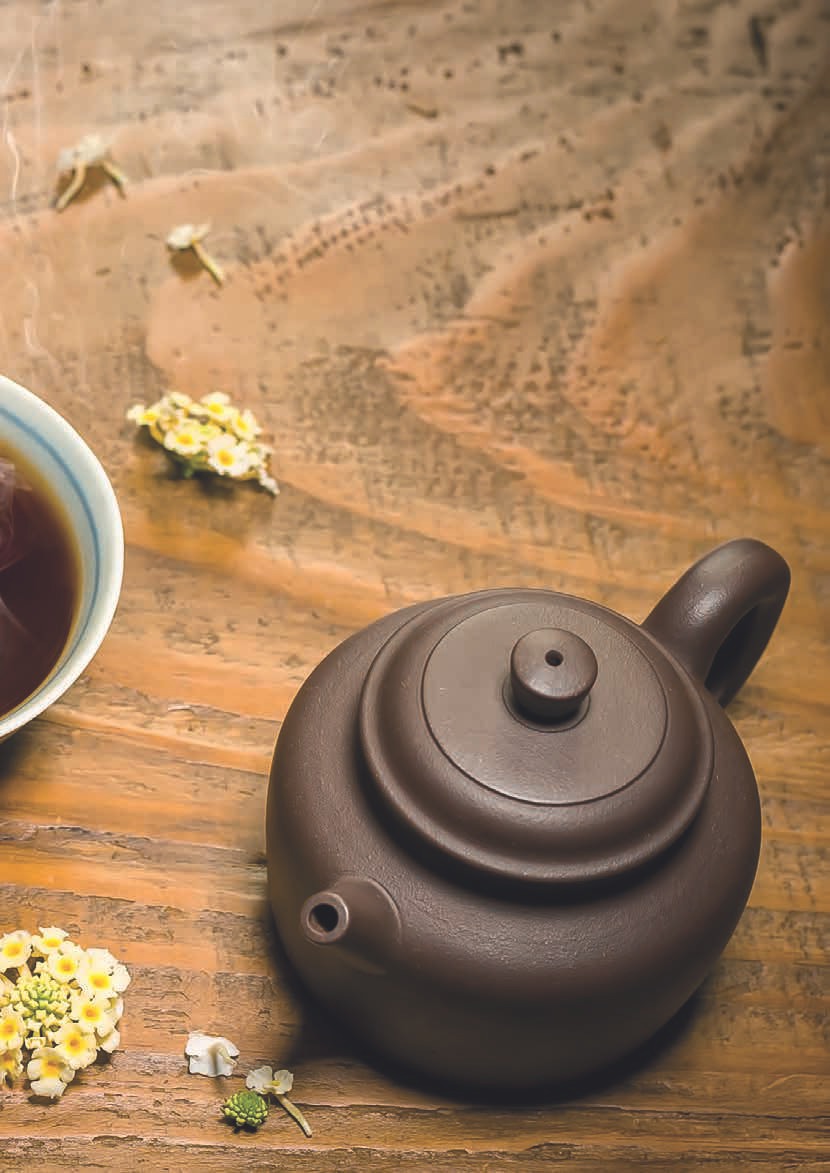
This month's tea should ideally be prepared gongfu. We will get so much more from Ma Bao if we prepare it in this way, rewarding all the years of storage with skillful brewing will mean a brighter, smoother cup and a much more patient session. We should get a minimum of thirty steepings from this tea if we are preparing it with the smoothness of temperature and movement that it was aged with! And the session itself will also be smooth from cup to cup, making a very gentle transition from the dark maroons of the early cups to the golden-orange sunset shades of later steepings. (If gongfu tea is not possible for you, then brew this tea in a sidehandle pot and maybe pay a bit more attention to maintaining temperature than you usually do.)
Smooth and graceful movements may take decades to perfect, but we can start with a consistent temperature from kettle to cup - much like the steady climate of Malaysia that created this amazing tea over twenty or more years. Temperature begins with the boil, of course. For this tea, charcoal will be the ideal. If that is not possible, then use a gas stove and transfer to alcohol to maintain a high temperature. The smoothness of our new zisha kettle is perfect for Ma Bao, and will lend the tea an even brighter and more consistent brew from cup to cup.
Other skills we can use to maximize this amazing tea are to shower the pot both before and after steeping, avoid using a pitcher, pouring directly from the teapot and pre-warm our cups before every single steeping. Every one of these methods should be experimented with, of course, though this is not the tea to conduct such experiments. We will always do our experiments with teas that aren't so rare, and reserve these special teas for deep and lasting sessions. The result will be a smoother cup with a brighter and more penetrating flavor, aroma and energy, as well as a longer, more patient session, with many steepings to bring lasting satisfaction.
